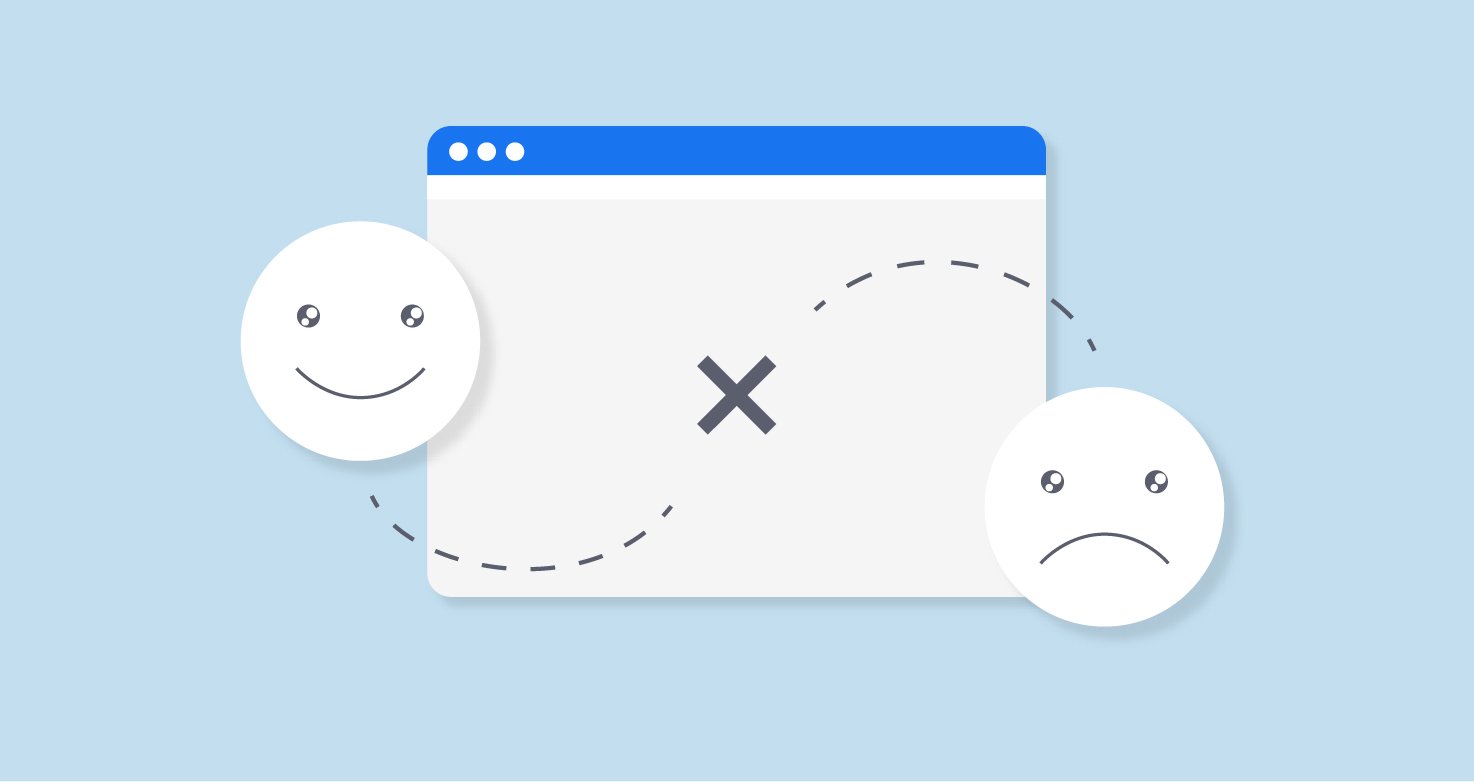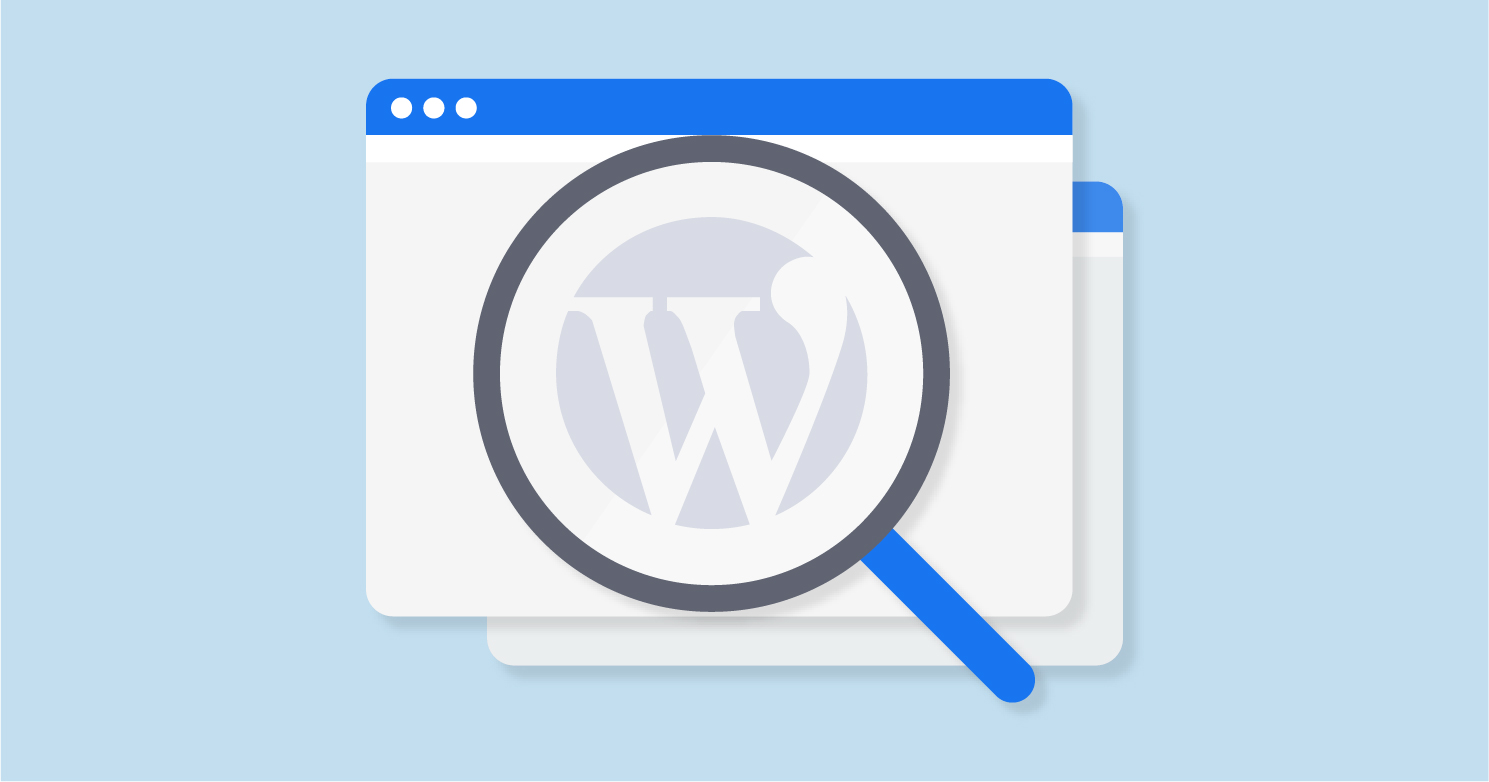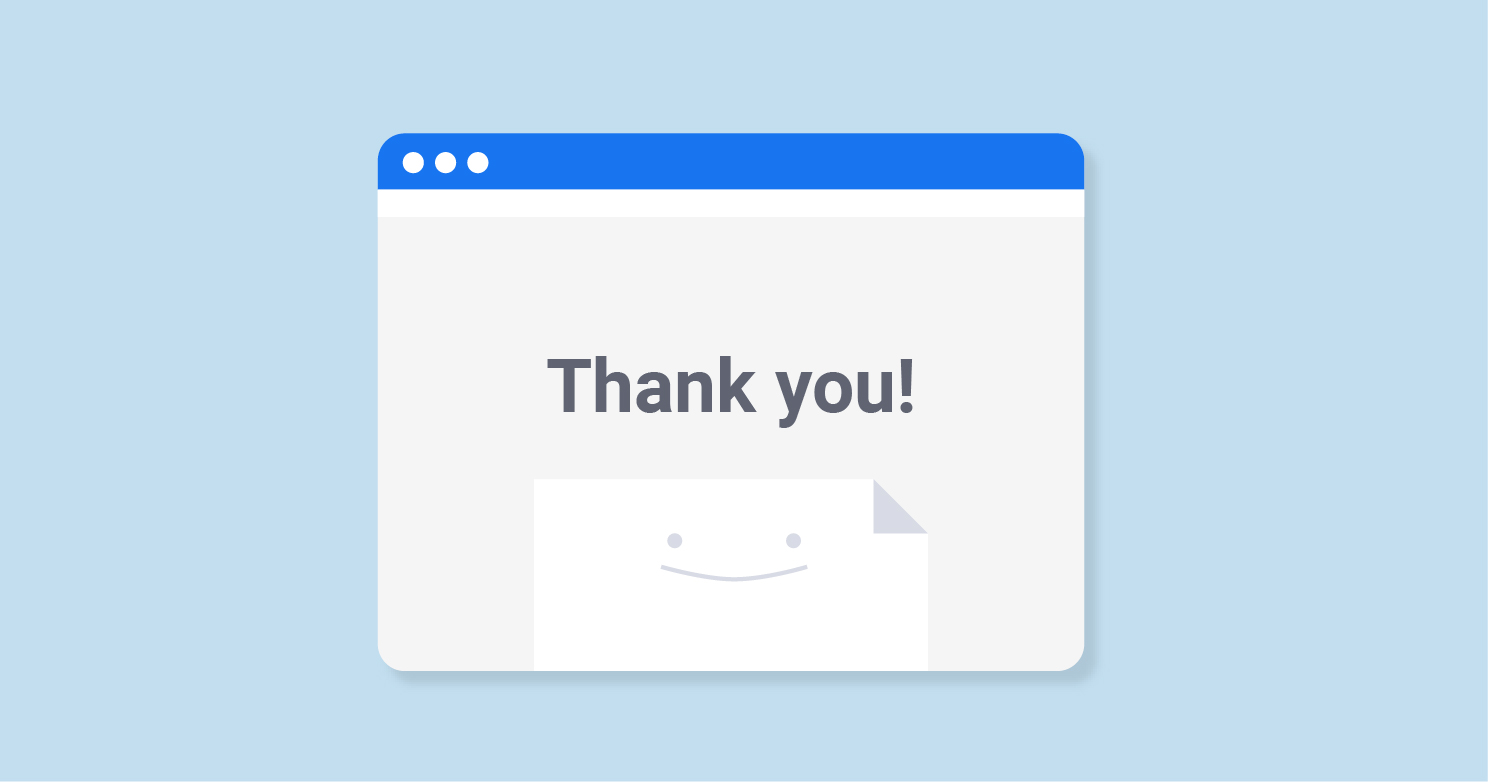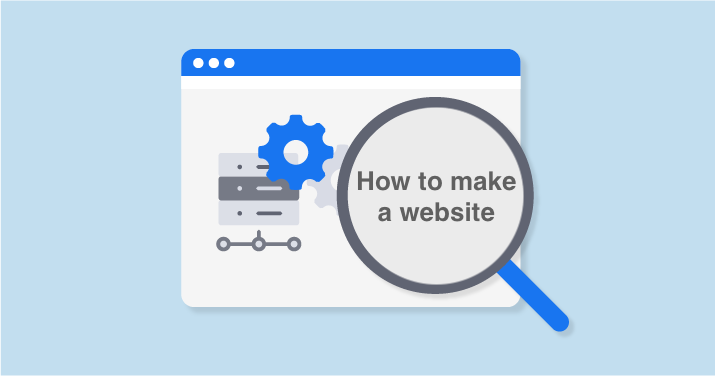Bounce rate is a metric in web analytics that represents the percentage of visitors who land on a page on your website and then leave without interacting further or navigating to any other pages on the same site.
The average bounce rate can significantly differ based on the website type, industry, among other factors, typically ranging between 40-60%. However, this is a broad guideline. For instance, specific website types such as blogs, might experience a higher average bounce, potentially reaching 70-80%. Conversely, e-commerce sites usually target a bounce rate between 20-40%. When evaluating, always take into account the context and particular objectives of your website.
Bounce Rate Types of Websites and Industries
The bounce rate can vary significantly across different types of websites and industries. Here are some general ranges:
- E-commerce and Retail Sites. Bounce rates for these sites are typically between 20-40%. These sites aim to encourage visitors to browse different products, so a high bounce rate might indicate that users aren’t finding what they’re looking for.
- B2B Websites and Service Sites. Bounce here can range from 25-55%. These sites are often used for gathering information about services and contacting the company, so rates can be higher if the information on the site isn’t satisfying visitor queries.
- News and Media Websites. News sites and blogs often have higher bounce rates, between 40-60%. This is because users may come to read a single article and then leave.
- Landing Pages. These pages are designed for a single specific action, so they typically have higher bounce, often 70-90%. If the visitor completes the desired action (like filling out a form), they’ve effectively “bounced”, but this is the intended result.
- Portals (Webmail, Online platforms etc.). Bounce rates for portals are usually very low, less than 10-30%. Because users are often logging in and out to access different sections.
Remember, these are just general ranges. The bounce rate for a specific website can depend on many factors, including its design, the quality of its content, its audience, and more. A high or low bounce rate isn’t inherently good or bad – what’s more important is whether it aligns with the website’s goals.
Bounce and exit rates are two important metrics in Google Analytics that help you understand user behavior on your website, but they measure different things and thus provide different insights. Here’s an explanation:
How Does the Bounce Rate Affect Site Ranking?
The correlation between the site ranking and bounce rate is quite simple. The higher website bounce rate is, the more difficult its promotion is. In most cases, this factor shows directly that your site is of little interest and it doesn’t respond to users’ requests. However, there are some exceptions, like promo pages or one-page websites.
There are users, who need only contact details. For instance, people are looking for washing machine repair services. They just need to find a person, who can help to fix the washing machine. It takes a few seconds on a website. People don’t need to read a service description or something like that. In this case, abandoning a website is rather a rule than a problem.
If we speak of bounce rate meaning in terms of SEO, it is also the percentage of sessions with viewing only one page. It also reports that a high failure rate usually means that there are problems with your website, for example, with its design or website navigation. But what if users managed to find all important information on one page and therefore do not enter other sections? A quick transition from a page becomes even an advantage for websites containing CTA buttons. It indicates that users are able to quickly find contact information and instantly apply for a product or service.
An article published on Search Engine Journal website lists nine main reasons that can lead to a high bounce rate. Among the others, they name low-quality web design, incorrectly chosen semantics, poor-quality content, and links to resources with unsuitable topics. It all signals about certain website issues.
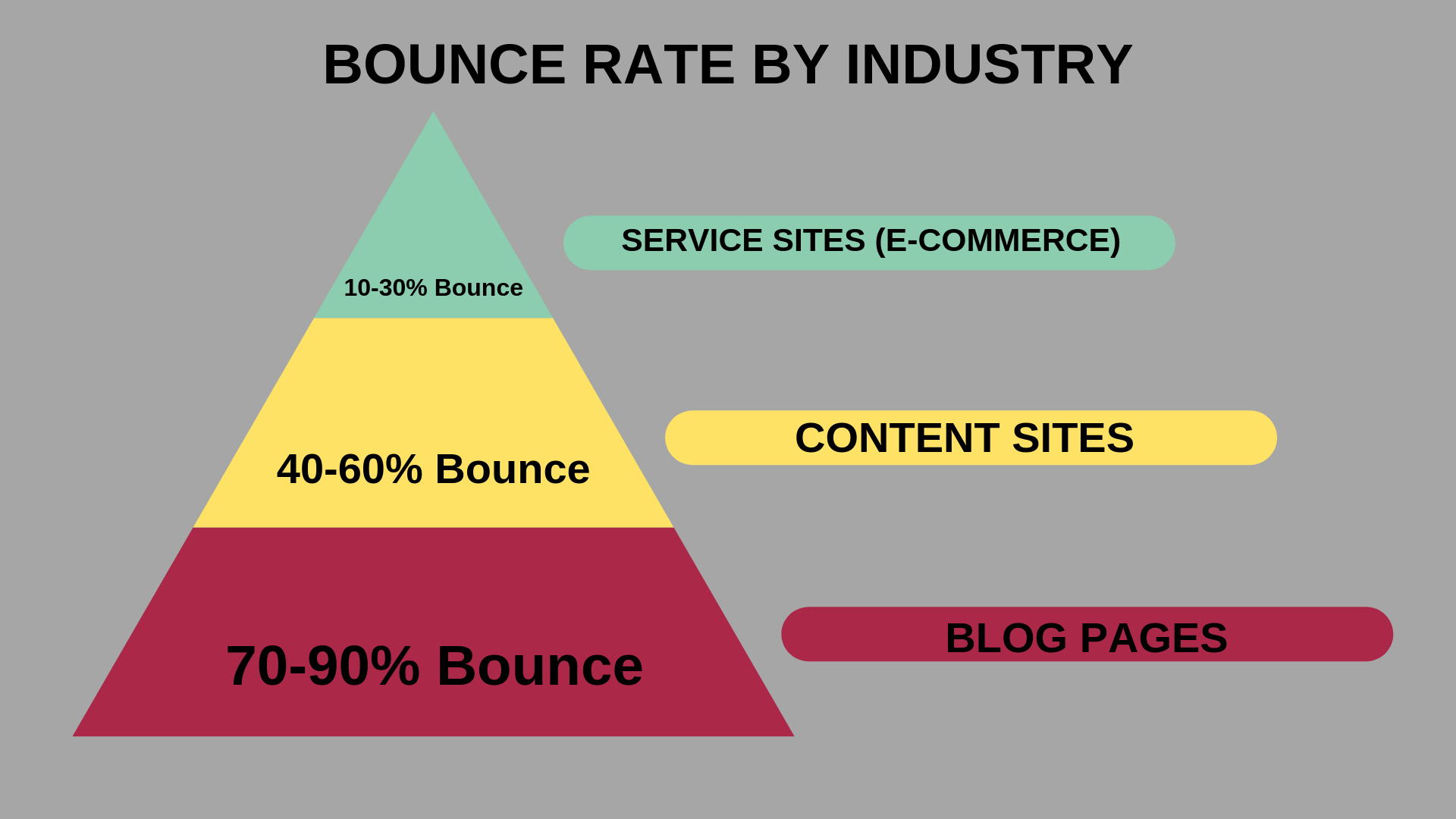
What is the Good Bounce Rate?
If the bounce rate is 60% according to Google, it is a normal thing. It means at least four out of ten people using this web resource consider it interesting and useful. This greatly depends on traffic sources. Blogs have frequent visitors, who leave a website after reading an article they were interested in.
So what SEO bounce rate index is normal? Here are the average results:
- 50% and lower– good;
- 60-70% — average;
- 70-80% — bad;
- 80% and up – very bad.
Just don’t remember about the exceptions mentioned above. Everything depends on the peculiarities of the topic and website specialization.
How to Analyze the Bounce Rate?
Different types of websites have different average bounce rates. For blogs, business card websites, and resources where users read the basic information and use a phone number to find out more, it can reach 70–90%. This is normal. For webshops, it should keep around 20–40%.
These numbers are approximate. To determine a clear bounce rate, it is necessary to pay attention to the variety of other factors specifically for your website. You can use the following algorithm to define bounce rate:
- Check whether the bounce rate is low or high.
- If it is high, check the time users spend on your website.
- If they stay for a long time on one page, everything is fine. If they leave immediately, check the conversion rate.
If everything is still bad, it’s time for the analysis:
- Is this page relevant for requests that bring users here?
- Are all elements that let perform necessary actions present?
- Is this page convenient to use?
Google Analytics, is considered to be a kind of bounce checker, always records the time of “bouncing visitors” as 0:00:00, no matter how much time users have really spent there. Thus, the data is always distorted. To see the correct indicators, choose visits without bounce rate in settings. Pay attention to the time spent on pages opened for certain requests. If it is significantly higher than average, this index is not critical. It means users have found what they’ve been looking for by studying information in details.
For example, it is shown like that:
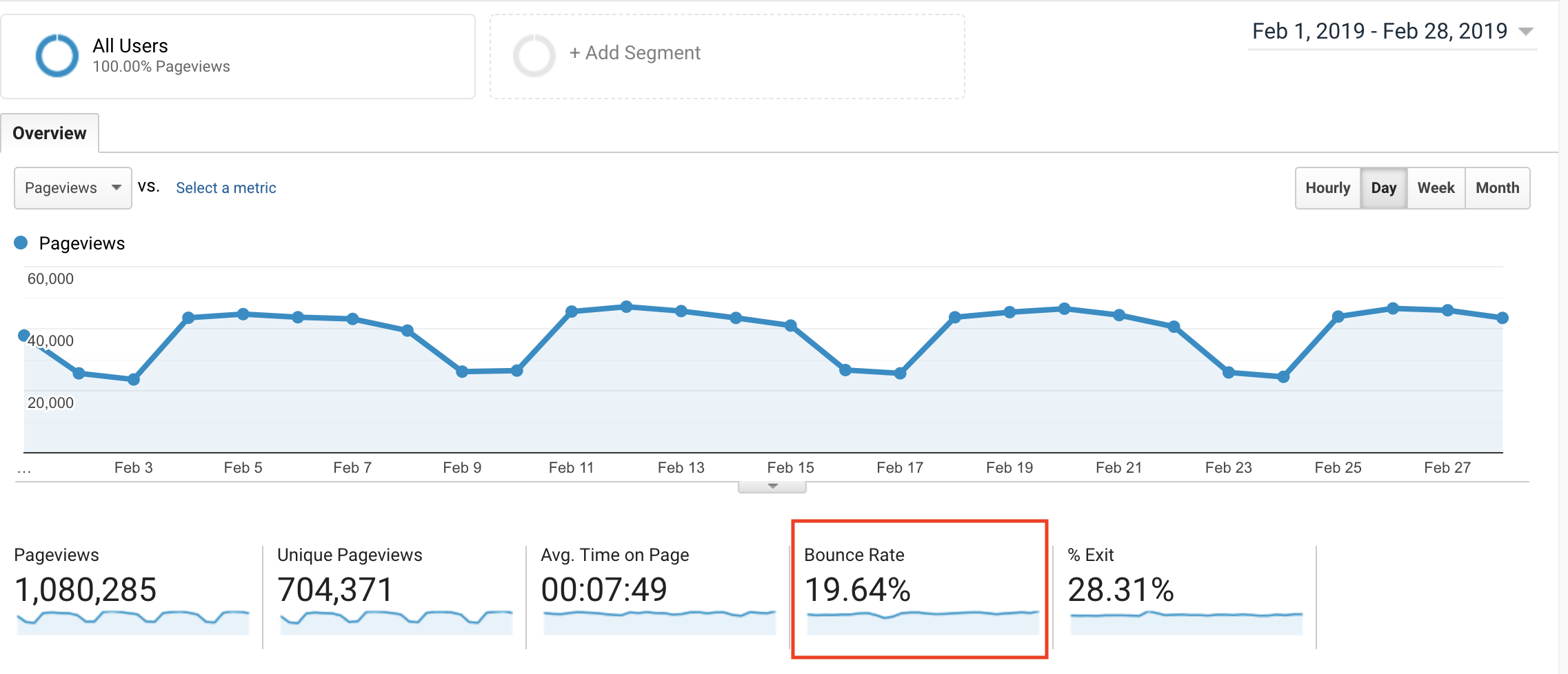
How to Reduce the Bounce Rate?
It is important to improve the website in terms of conversions, test new designs, keep up with the latest trends — this is not a one-time action. Here are some tips on improving the situation and helpful strategies explained.
Focus on target users, improve traffic quality. Let’s suppose, your website is focused on providing accounting or legal services. You try to attract the main audience from social networks. Expect quite high bounce rate — users aren’t usually interested in serious services here.
Think about website design and navigation improvements. If users cannot find the necessary information easily, they will not spend much time doing it. The right design and convenient navigation help to increase the number of users. Make sure your website it equally convenient to use via desktop and mobile versions.
Ensure high speed of website loading. If users find your website among search results and try to open it, they won’t wait longer than a couple of seconds. It is easier to move to the next competitor’s website. So make sure all technical aspects of your site are perfectly fine and not influence the bounce rate directly.
Get rid of obtrusive advertising. Marketing should be creative. The majority of users find pop-ups, glittering designs, and similar things very annoying. People often leave a website due to the abundance of advertising.
Setup the tracking of events. Sending the requests, article scrolling, downloading files — you can track all these actions can via Google Analytics. Understanding what is going on with your web resource is very important.
Provide relevant information. Well, pages are created to provide specific information users need. Don’t place irrelevant keywords and metadata just to attract traffic. The content should be relevant for a particular request.
Make it visible. Some pages contain the abundance of images, banners, and advertising. The information gets lost, so it is easier for users to leave such page than try to figure out where to look for it. Work on usability or explain everything clearly.
Understanding bounce rate meaning and principles is significant for website promotion. It helps to track user behavior, to work on improvements, and finally come up with ideas for a web platform people won’t leave immediately.
Bounce Rate vs. Exit Rate
They are pivotal metrics in Google Analytics, both playing critical roles in providing insights into user behavior on your website. However, it’s important to note that they measure distinct phenomena and thus yield different insights. Here’s an elaboration:
Bounce Rate: This metric represents the percentage of visitors who depart from your site after viewing only one page. There are several potential reasons for this—perhaps they didn’t find the information they sought, encountered an unfriendly user interface, or were dissuaded by slow page loading speeds. A high bounce typically signals that your landing pages aren’t resonating with your audience.
Exit Rate: Exit rate quantifies the percentage of visitors who leave your website from a specific page, regardless of how many other pages on your site they may have explored prior to their departure. It essentially pinpoints the exit points from your website. A high exit rate on a specific page may suggest that the page is insufficiently engaging, or there may be technical problems prompting users to leave.
The fundamental difference lies in the user journey. The bounce rate concerns users who didn’t venture beyond a single page, while the exit rate concerns users who may have navigated through multiple pages on your site but eventually left a particular page. To put it another way, while all bounces count as exits, not all exits are necessarily bounces. Each metric serves its own purpose, providing you with a means to identify an array of potential issues with your website.
Improving Bounce Rate
Improving your bounce rate largely involves enhancing the user experience on your website.
Here are some strategies you could consider:
1. Improve Page Load Time. Slow-loading pages often contribute to a high bounce rate. To prevent visitors from leaving due to frustration, it’s crucial that your pages load swiftly.
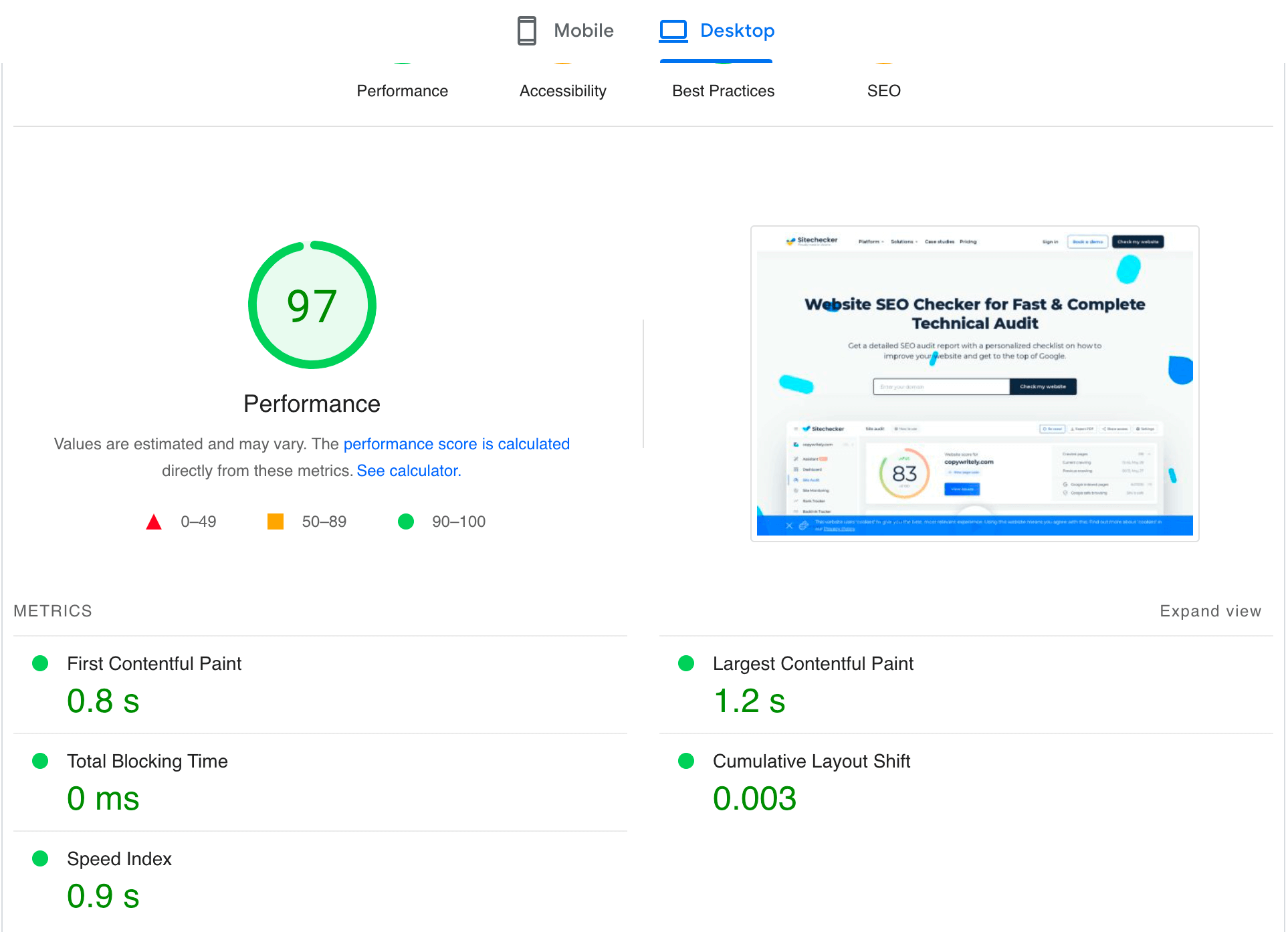
2. Provide Relevant Content. Your content should align with the keywords and meta descriptions that guide visitors to your page. If visitors feel the content doesn’t correspond with their search, they’re likely to leave promptly.
In this case, we considered the keyword “External Link Checker”.
In the first case, our page External link checker takes 4th place.
Each site responds to the request and displays a page with the tool:
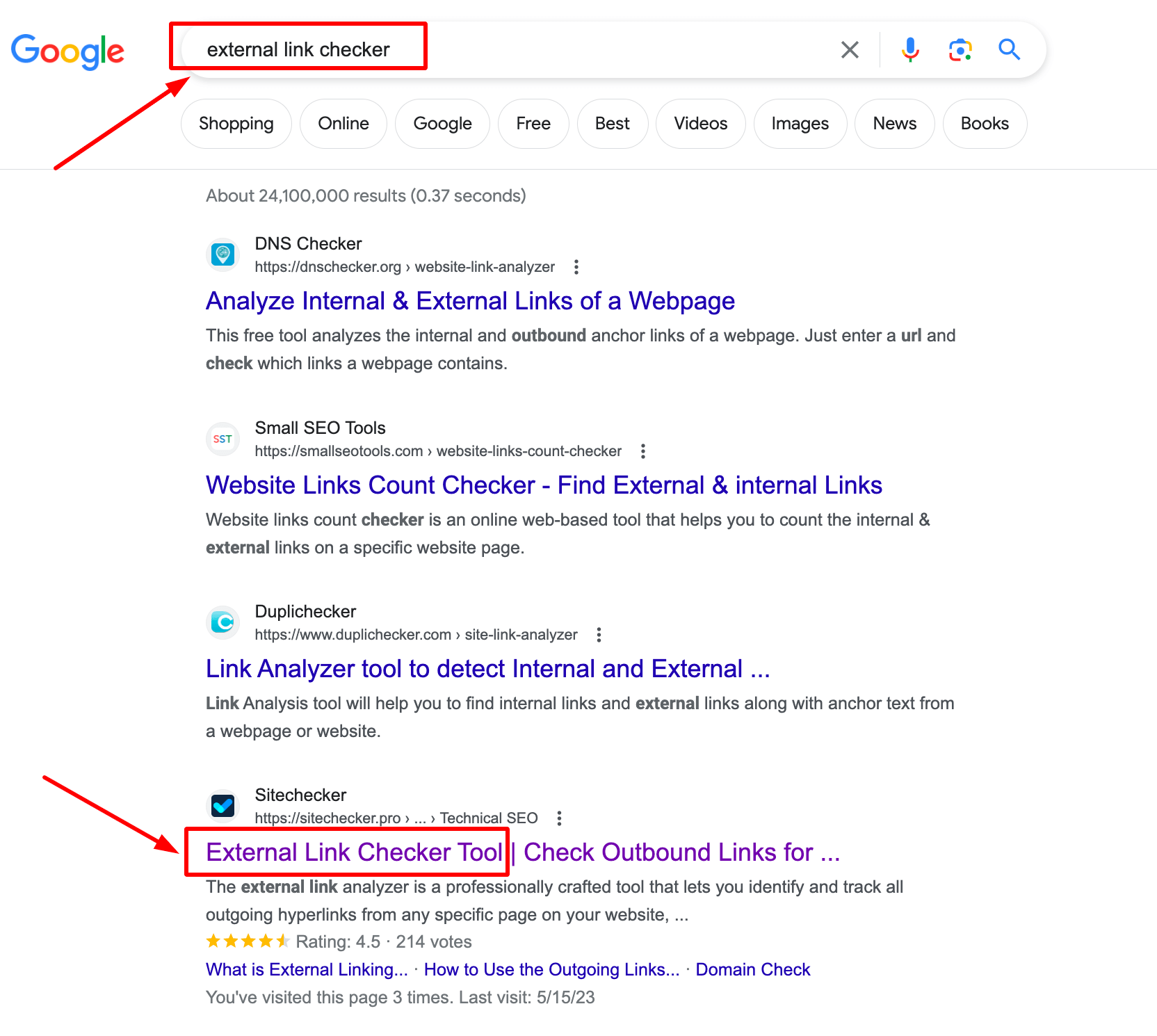
At the same time, the keyword “External Link” demonstrates another SERP:
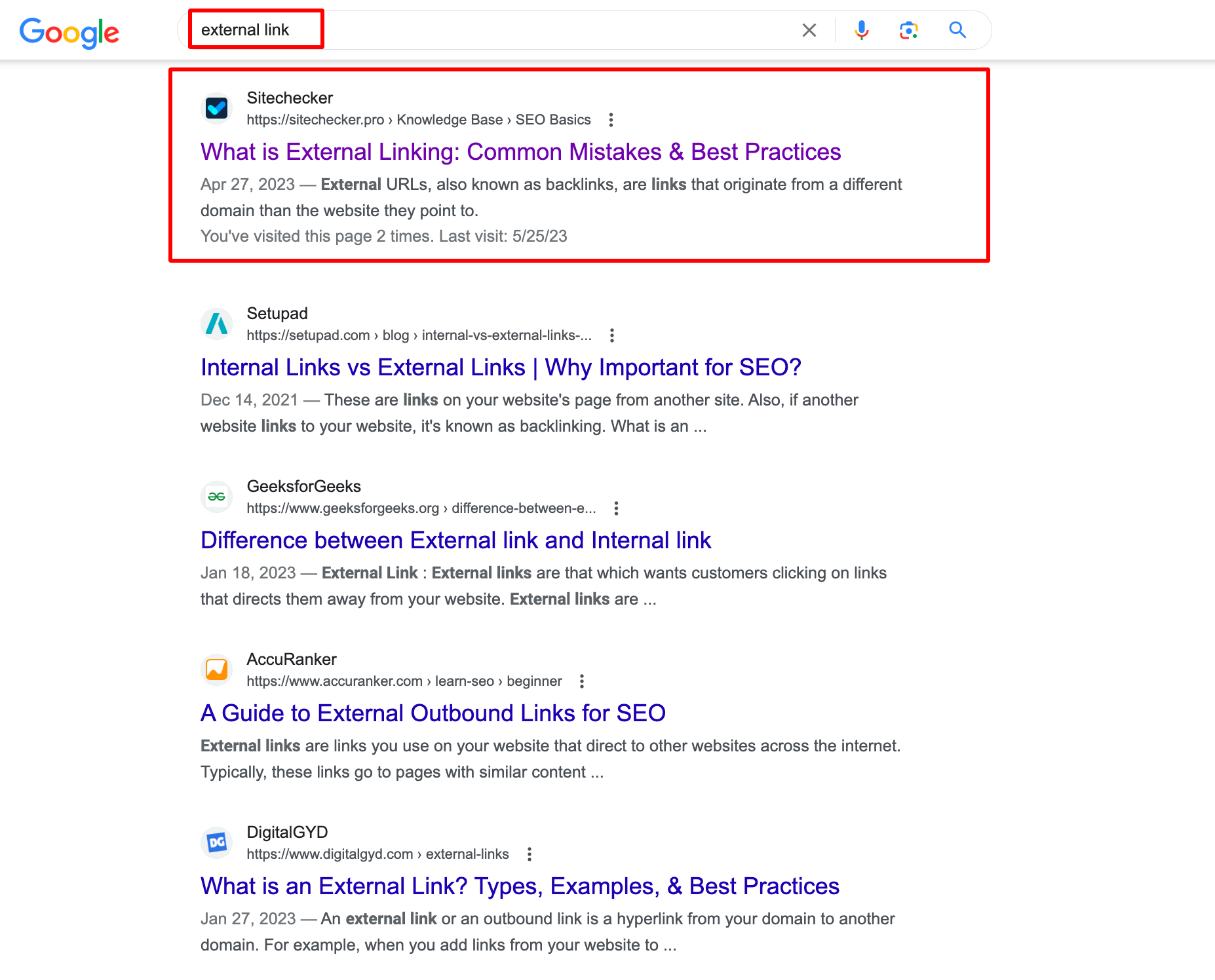
In this case, SERP shows info content and answers “external link meaning”
3. Enhance Readability. Make sure your content is digestible and straightforward to read. Breaking up substantial blocks of text with headings, subheadings, bullet points, and images can render it more approachable.
4. Optimize for Mobile. As the number of people browsing the web on mobile devices continues to rise, ensuring your website is mobile-friendly is vital. You don’t want to lose visitors due to poor design or usability on these devices.
You can find out the indicators of Mobile Usability in Google Search Console:
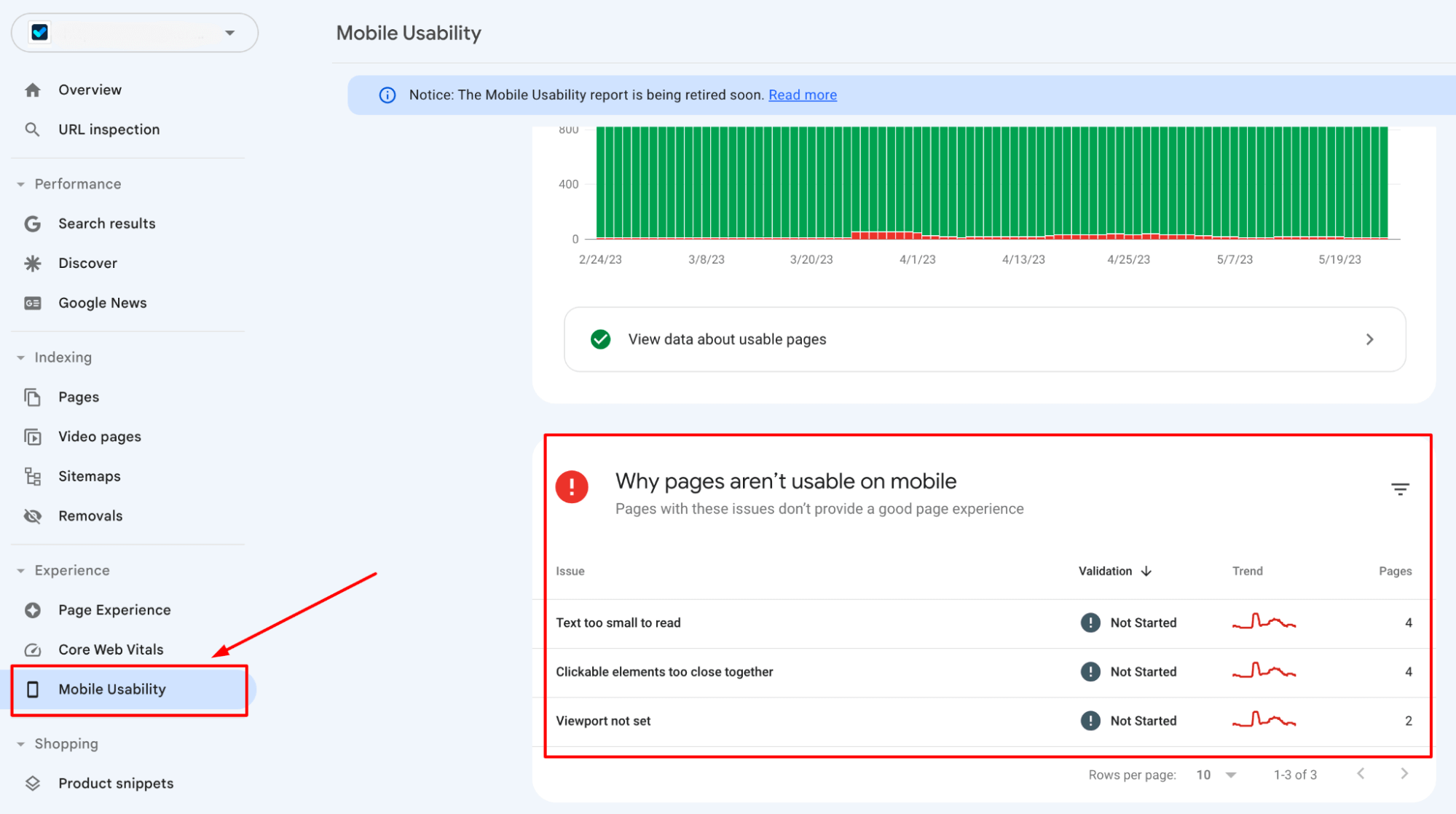
5. Implement Clear Navigation. If your website’s navigation is confusing, and visitors can’t find what they’re looking for, they’re likely to exit. It’s important to keep your website’s navigation clear and intuitive.
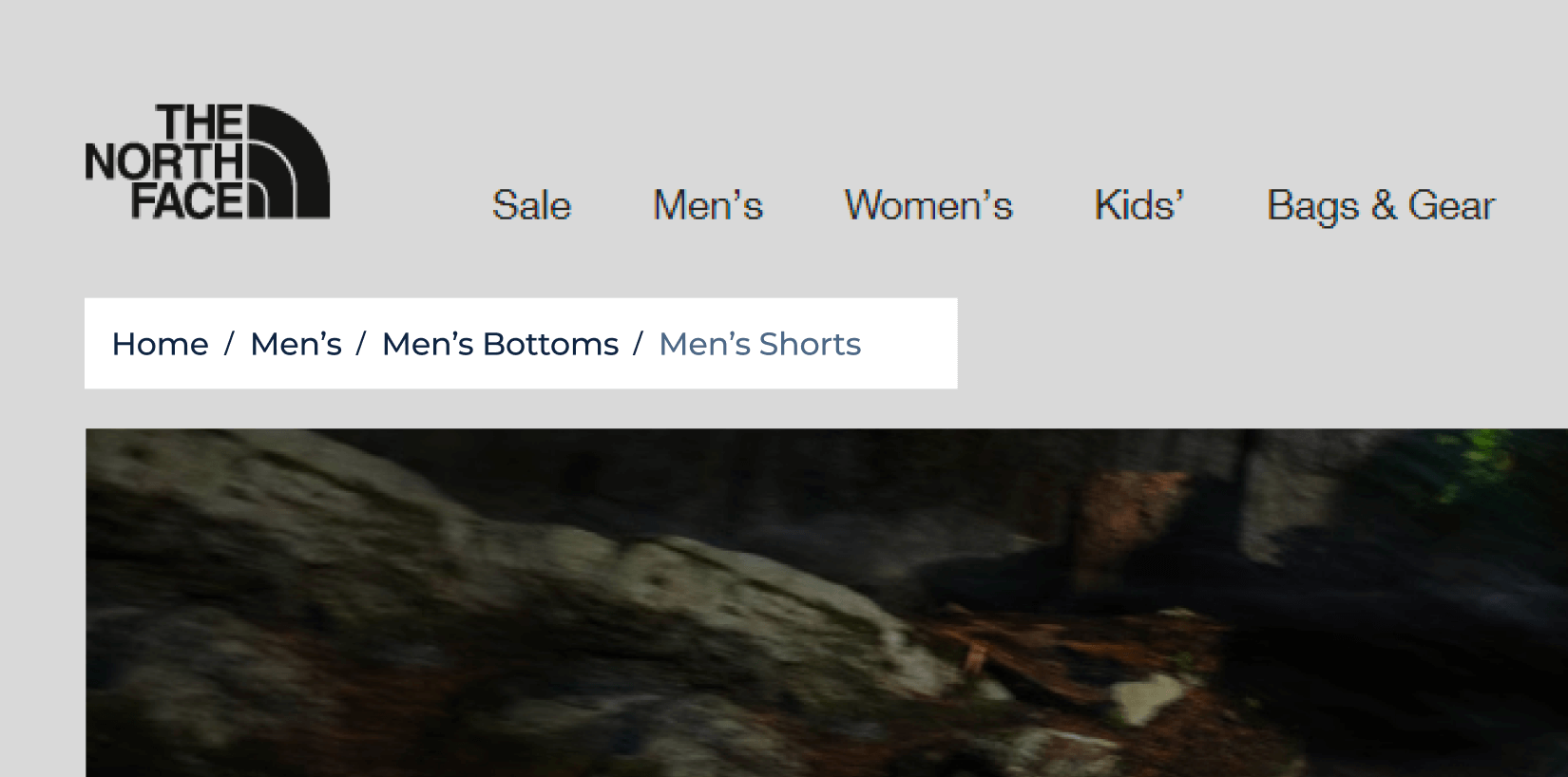
6. Include a Clear Call to Action (CTA). Every page should have a distinct CTA, guiding visitors towards the next step you want them to undertake. This could be reading a related blog post, signing up for your newsletter, or adding a product to their cart.
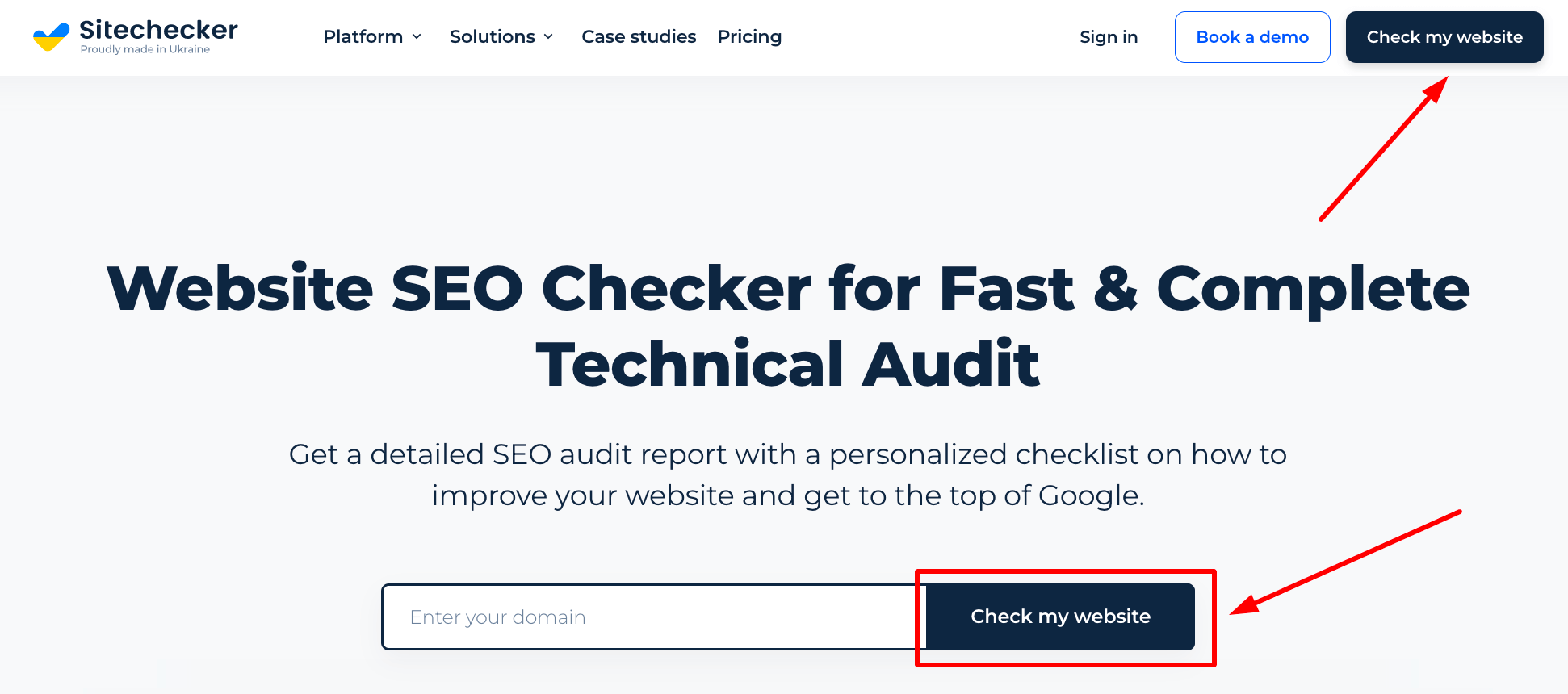
7. Avoid Pop-up Ads. While pop-ups can sometimes be effective, they can also deter visitors, causing them to leave immediately.
8. Segment Your Audience. Visitors have varying needs. Segmenting your audience and customizing your content and marketing to each group can help provide a better user experience and lower your bounce.
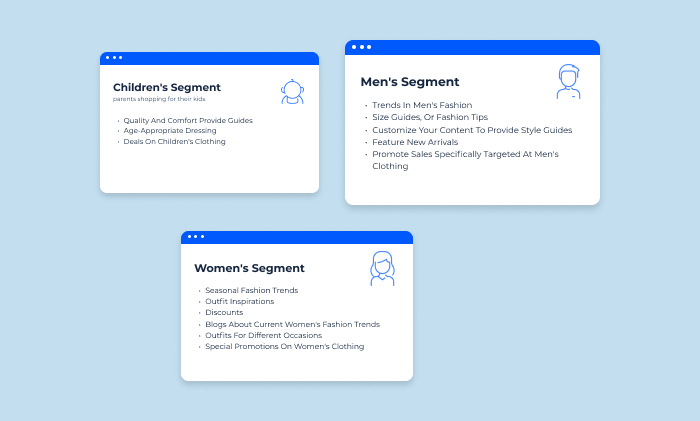
By segmenting the audience this way and customizing content for each segment, the website could meet the specific needs of each group. This personalized approach could lead to increased engagement, a better user experience, and, ultimately, a lower bounce rate as more visitors find what they’re looking for on the site.
9. Use Attractive & Relevant Images. Engaging and relevant images can significantly enhance the user experience, maintain visitor engagement, and decrease the bounce rate.
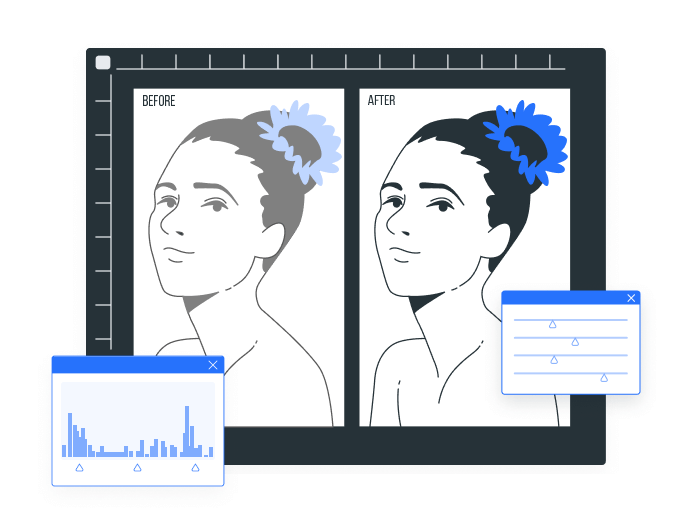
10. Introduce a Live Chat Feature. A live chat feature can offer immediate assistance to visitors who might otherwise leave if they can’t find what they’re seeking.
Remember, a high bounce isn’t always detrimental. For example, if the objective of your website is to prompt visitors to call your business, they might leave your site quickly after locating the necessary information. The key is to comprehend what your specific visitors desire and to effectively cater to those needs.
Website Traffic Checker tool for nuanced insights into your website’s traffic
Get useful traffic insights for your own website or analyze competitors' traffic and organic SERP positions
Website Traffic Checker for seeking website’s traffic and performance
Bounce rate is pivotal in web analytics, reflecting user interaction levels. For a comprehensive understanding of user behaviors and to delve deeper into user engagement levels and traffic details, try using the Website Traffic Checker tool by Sitechecker. This tool provides nuanced insights into your website’s traffic, aiding in pinpointing areas for improvement and optimization. By utilizing this intuitive tool, you can enhance your site’s user experience, decrease bounce rates, and ensure your content aligns perfectly with user expectations, contributing to improved site performance and user satisfaction.
Conclusion
Bounce rate refers to the percentage of single-page sessions where visitors land on a page on your website and then leave without any further interaction. It generally falls between 40-60% but can vary depending on the type of website. It’s different from the exit rate, which accounts for users leaving a particular page after exploring other pages on your site.
To reduce the bounce, you should enhance the user experience by increasing page load speed, offering relevant content, and optimizing for mobile. It’s important to note that high rates are not always detrimental, and they should be assessed in the context of your website’s specific goals.
